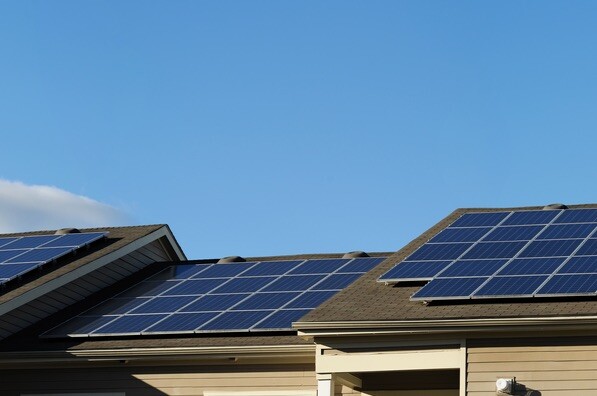Australian households with rooftop solar are paying around one-third less for their electricity than their non-solar counterparts – and not necessarily due to lower grid power use, a new report has found.
The latest Inquiry into the National Electricity Market from the Australian Competition and Consumer Commission found that solar homes on the NEM paid the lowest effective prices for their power in 2020, even while using slightly more power from the grid than non-solar homes.
The report found that in a year where families spent more time at home due to Covid-19 restrictions and impacts, NEM electricity consumption increased across the board for households, both solar and non-solar (an 11% increase, year-on-year, vs 9%, respectively).
On costs, solar customers across the four National Electricity Market regions paid a lower median effective price than non-solar customers for the year, at 7.9 c/kWh or 29% less than non-solar customers.
But the report notes that for residential customers, this price differential “was not driven by differences in grid usage,” but rather came from feed-in tariff payments for excess generation sent to the grid.
The median residential solar customer with premium FiT rates (23 per cent of all solar NEM households) earned $858 annually from solar sent to the grid, while the median residential customer with a negotiated tariff rate earned $307 annually.
“Residential solar customers continued to pay much lower bills than non-solar customers despite using more grid electricity,” the report says. “This is because of the benefit of rebates … In 2020 solar customers had a median quarterly bill of $253 in 2020, while non-solar customers had a bill of $347 ($94 difference).
“For residential solar customers in 2020, negotiated feed-in tariff customers supplied 716 kWh electricity to the grid, while premium rate customers supplied 341 kWh (375 kWh difference.”
